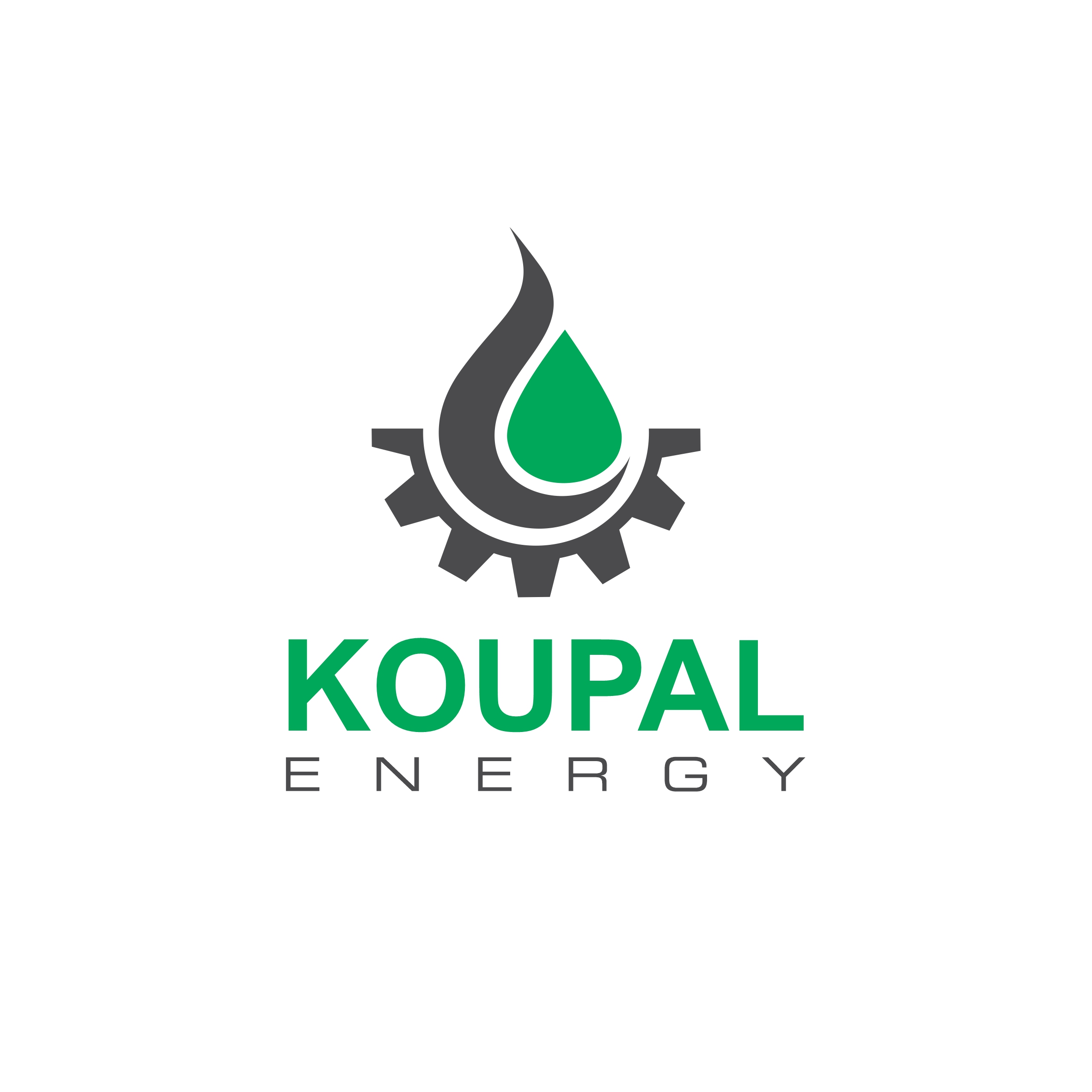Speakers
Description
In recent years, a combination of different methods or several materials is used to increase the effectiveness of enhanced oil recovery. When the combination of low salinity water, surfactants and nanoparticles are used simultaneously, it could move more trapped oil and improve the oil recovery factor. Gamma-alumina and silica metal oxide nanoparticles were used because of their high hydrophilic properties. Gum arabic was used as a nanoparticle stabilizer in the presence of salts in basefluids. Gum arabic is a natural and environmentally friendly surfactant and it can also help improve oil recovery by reducing interfacial tension. From distilled water and low salinity water with ppm concentrations (4171, 8142, 20400 and 41710) were considered as base fluids. Different combinations of mass ratio of nanoparticles, salt water and surfactant were investigated. Finally, after checking the stability of solutions, nanofluids with acceptable stability can be identified and selected. In micromodel flooding the highest oil recovery factor related to the gamma-alumina and silica nanohybrid with mass ratio of 10:90 was reported as 60.34%. However, the lowest interfacial tension for the nanohybrid with mass ratio of gamma-alumina and silica of 50:50 dispersed in brine 4171 ppm was reported.
| Student presentation contest | Opt in |
|---|---|
| Student Poster Contest | Opt In |
| Journal Submission | Consider for Journal Submission |




